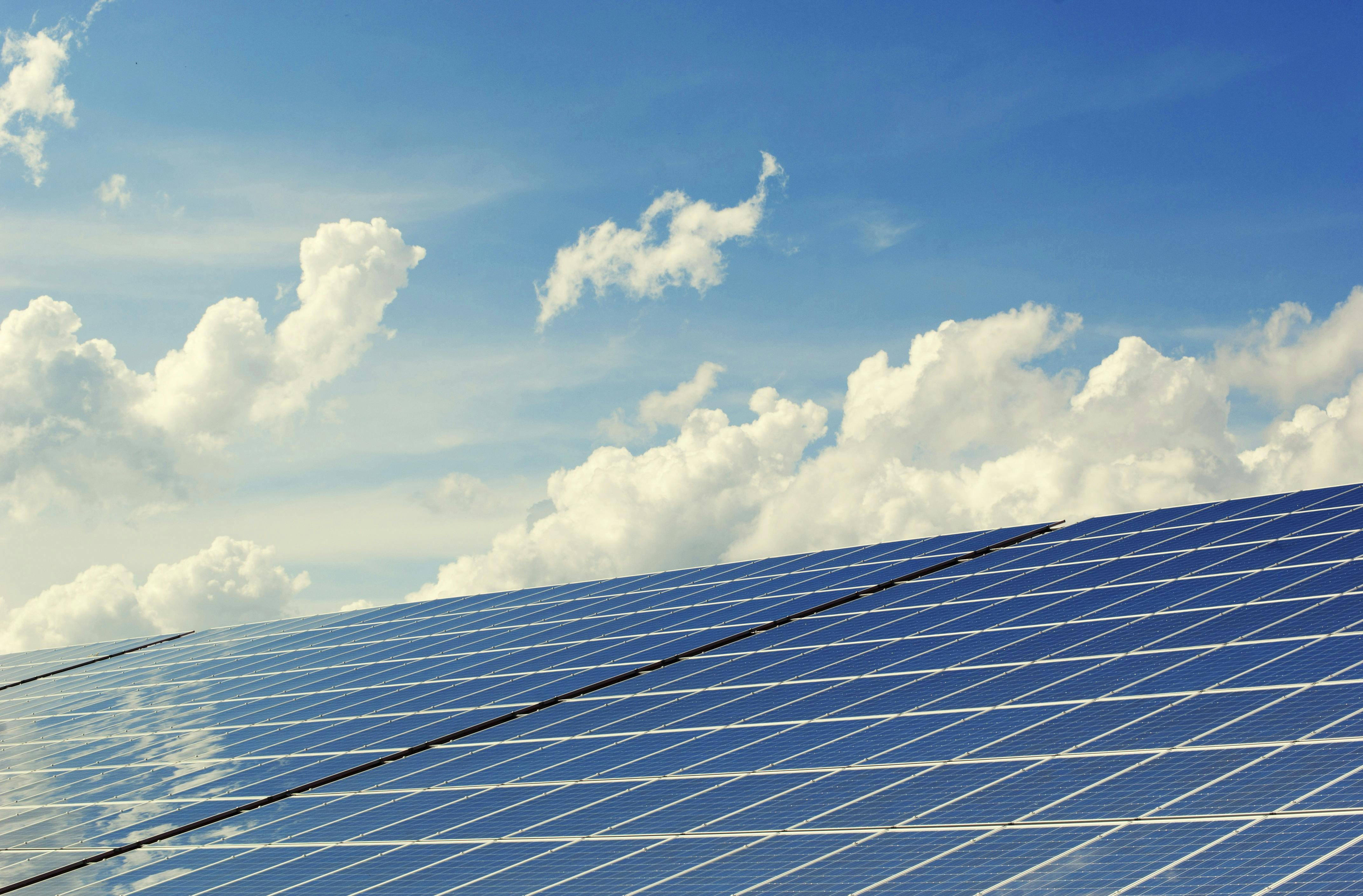Home Backup Power in Australia: Costs and Options
Power outages, storms, and remote living can make reliable backup power a practical priority for many Australian households. Understanding the types of systems available, what they realistically power, and how much they cost to buy and install helps you plan with confidence. This guide outlines options, key cost drivers, and what to expect from installers in your area.

Whole House Generator Cost
Upfront costs for a whole-of-home standby system in Australia vary widely with size (kW), fuel type (LPG, natural gas, diesel), enclosure quality, and whether an automatic transfer switch (ATS) is included. For many detached homes, 8–20 kW is the common range. As a broad guide, hardware for a residential standby unit plus ATS can start around AUD $6,000–$10,000 for smaller systems and climb to AUD $12,000–$20,000 for higher-capacity models. Installed prices for a whole house generator cost typically land between AUD $12,000 and $25,000+, depending on switchboard complexity, trenching, gas plumbing, slab, and regional labour rates.
Whole House Solar Generator
When Australians say whole house solar generator, they usually mean a rooftop solar array paired with a hybrid inverter and a battery that supports backup power. This setup can keep essential circuits running during grid outages and, with adequate battery capacity, support broader household loads. Consider usable battery energy (kWh), inverter surge capability, and whether your system can isolate from the grid (islanding). Solar-plus-battery can provide quiet, low-maintenance backup with no fuel storage, but long outages and heavy loads may still favor a combustion generator or a hybrid approach (battery for short outages, generator for extended events).
Whole House Generator Costs
Beyond purchase price, whole house generator costs include fuel, servicing, and compliance. Diesel sets are efficient under heavy loads and store energy well onsite, but diesel maintenance and refuelling logistics matter. Natural gas or LPG units offer cleaner operation and simpler refuelling through a gas line or cylinders, though fuel cost per kWh can vary. Typical annual servicing includes oil and filter changes, testing the ATS, battery checks, and exercising the unit. It’s prudent to factor in installation certification (e.g., AS/NZS 3000 compliance), potential council requirements, and electrician/gasfitter fees for periodic checks.
10kw Generator
A 10kw generator (roughly 10 kW; some models are rated in kVA) can handle essential household circuits simultaneously—lighting, refrigeration, communications, and a few small appliances—while possibly running a single larger load like a small ducted system or pool pump. Actual performance depends on appliance start-up surges and the inverter/alternator design. At moderate load, a 10 kW unit may consume several litres of fuel per hour (diesel often lower than petrol). If your home includes multiple air-conditioners, induction cooking, or large pumps, consider load-shedding strategies or stepping up to a higher-capacity unit.
Generator Installation Cost
Generator installation cost depends on site conditions and the switchboard. Typical components include an ATS or manual changeover switch, meter box or switchboard upgrades, a concrete pad or antivibration base, weather/sound enclosure, earthing, and commissioning. Gas plumbing (for NG/LPG units) and compliance certificates add to the total. Straightforward installs can be around AUD $2,000–$4,000, while complex sites with trenching, long cable runs, cranage, ventilation work, or major board upgrades can reach AUD $6,000–$8,000+. Always engage licensed electricians and, for gas sets, a licensed gasfitter.
Real-world pricing and providers in Australia often fall within the following ranges. Use this as a starting point for quotes in your area.
| Product/Service | Provider | Cost Estimation |
|---|---|---|
| Guardian 13 kW standby + ATS (hardware) | Generac Australia | AUD $6,500–$9,500; installed typically AUD $12,000–$18,000 |
| 14 kW Residential Standby + ATS | Kohler Power Systems Australia | AUD $7,000–$10,500; installed typically AUD $13,000–$20,000 |
| QuietConnect 13–20 kW Standby | Cummins South Pacific | Hardware AUD $9,000–$14,000; installed AUD $16,000–$25,000+ |
| Powerwall 2 (13.5 kWh) + Backup Gateway | Tesla Certified Installers | AUD $14,000–$17,000 per battery installed; whole-home with solar often AUD $18,000–$25,000+ |
| SBR Battery (9.6–19.2 kWh) + Hybrid Inverter | Sungrow Australia Partners | Typically AUD $12,000–$20,000 installed, capacity-dependent |
| 10–13 kVA Diesel Standby Set | Pramac Australia | Hardware AUD $6,000–$12,000; installed AUD $12,000–$20,000 |
Prices, rates, or cost estimates mentioned in this article are based on the latest available information but may change over time. Independent research is advised before making financial decisions.
Practical tips for selection
- Sizing: List critical loads, note start-up currents (e.g., air-conditioners), and match surge capacity. Oversizing increases upfront cost and fuel use at light load; undersizing leads to nuisance trips.
- Compliance: Ensure a compliant changeover/ATS prevents backfeeding the grid. Ask your electrician about AS/NZS 3000 and distributor rules for any grid-interactive setup.
- Fuel and storage: Diesel stores well with proper conditioning; LPG bottles require safe placement; natural gas needs a certified connection and adequate supply pressure.
- Noise and placement: Check local noise rules. Use acoustic enclosures, antivibration mounts, and consider neighbours and bedrooms when siting the unit.
- Maintenance: Plan an annual service, periodic test runs, and battery replacement intervals. For solar-battery systems, monitor state-of-charge and set appropriate backup reserves.
A final note on expectations: generators are most efficient when supporting well-managed loads; solar-battery systems shine for quiet, low-maintenance resilience but may need load prioritisation in extended outages. Many Australian households achieve robust reliability by combining a modest standby generator with solar and storage, ensuring essential comfort and communication while keeping long-run costs manageable.




